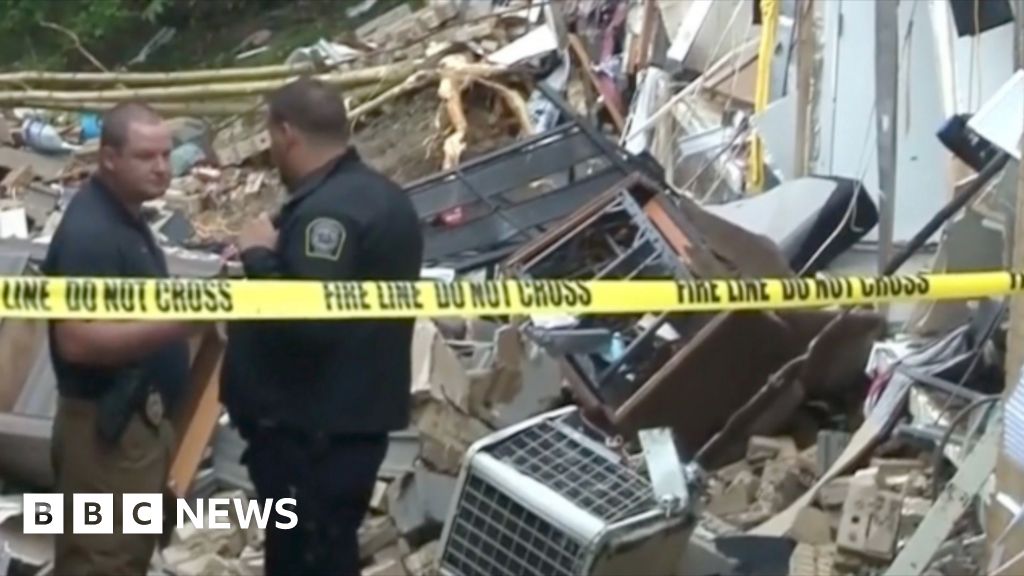ARTICLE AD BOX
BBC Weather's Sarah Keith-Lucas looks at the treacherous weather heading to the US and Canada
By Nadine Yousif
BBC News, Toronto
A powerful arctic winter storm will make its way through the US and Canada this week, bringing with it crippling snow and freezing temperatures.
The "once-in-a-generation" storm began in the Pacific Northwest on Tuesday, and has made its way east through the Rockies as of Wednesday morning.
It is then expected to hit the Great Lakes later this week, and will become a "bomb cyclone" by early Friday.
The storm has already disrupted travel for many ahead of the holidays.
Big US airlines like United, American, Delta and Southwest have issued fee waivers to travellers who wish to reschedule their flights in anticipation of the big storm.
More than 70 million people from Washington state to Maryland are under a winter weather alert.
In Vancouver and Seattle, flights were cancelled on Tuesday as the storm began to hit the region.
As it moves east, the storm is anticipated to dump heavy snow into major midwestern airports in Detroit and Chicago by Thursday. It is also expected to cause widespread power outages in the area.
The National Weather Service in Brooklyn, New York has called it a once-in-a-generation winter weather event, especially as the storm reaches the Great Lakes region, where its pressure is expected to reach the equivalent of a Category 3 hurricane.
Chicago's National Weather Service branch has warned of a "significant threat to life for anyone stranded in the storm", as the wind speed is expected to be greater than 55mph (88.5kph).
As the storm develops, meteorologists anticipate it will turn into a "bomb cyclone" because it will intensify at a rapid rate.
The storm will also bring life-threatening frigid temperatures that are 40 degrees Fahrenheit below average. Every state in the continental US could see temperatures below 20F (-6C) on Christmas Eve, the National Weather Service said.
What is a bomb cyclone?
Bomb cyclone is a term given by meteorologists to a storm that appears to intensify rapidly, with its central air pressure dropping to at least 24 millibars in 24 hours.
They are referred to as 'bomb' cyclones due to the explosive power of these storms caused by the rapid fall in pressure.
The storm brings with it an array of weather, ranging from blizzards to severe thunderstorms to heavy precipitation.
These types of storms are most common on the east coast of the US and Canada, where the cool land and warm Gulf Stream current provide optimal conditions for a bomb cyclone to develop.
Image source, Getty Images
Image caption,The storm is expected to bring powerful winds and heavy dumps of snow, making for treacherous travel conditions ahead of the holidays

 2 years ago
37
2 years ago
37








 English (US) ·
English (US) ·